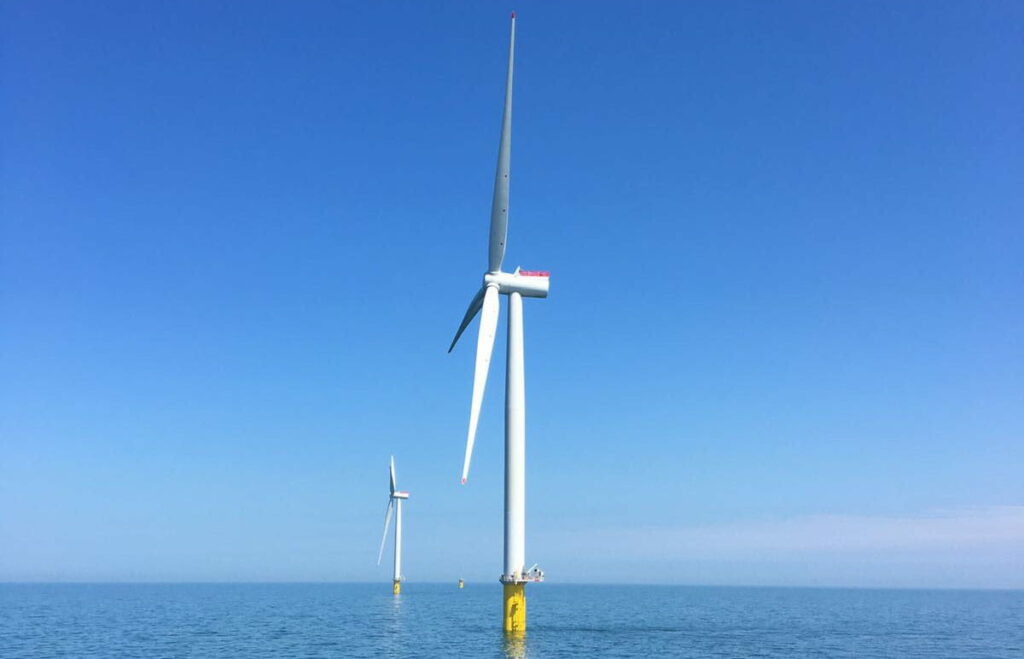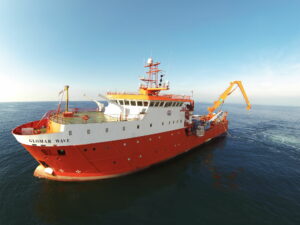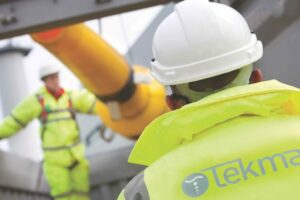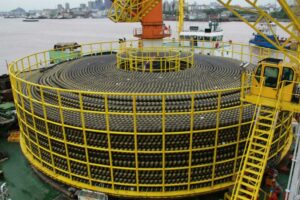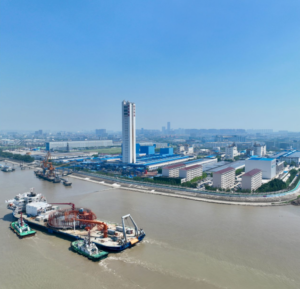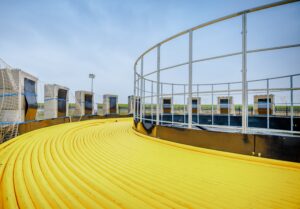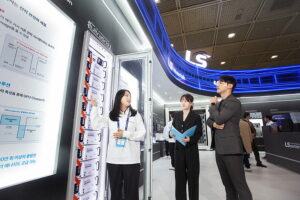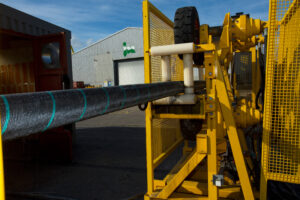Ørsted devising ‘band-aid’ solution for €403 million cable issue
Ørsted is developing a solution that could potentially save the company from spending as much as €403 million to repair damaged inter-array cables across up to ten of its offshore wind farms.
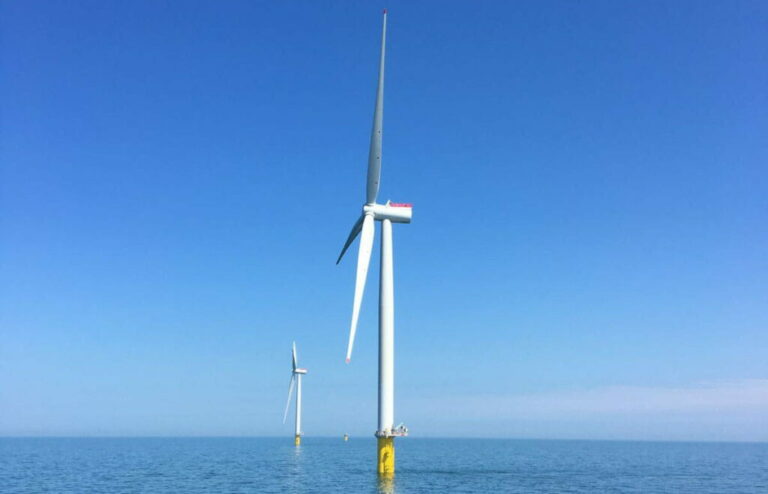
As previously reported, Ørsted discovered an issue with Cable Protection Systems (CPSs) on the Race Bank wind farm off the UK earlier this year during an inspection after an outage.
The issue occurs when the CPS moves across the scour protection, abrading the CPS and, in the worst-case scenario, causing cable failure, the company said.
Related Article
-
Inter-array cable issue to leave €403 million mark on Ørsted
Business & Finance
Up to ten offshore wind farms where a second layer of rock has not been placed on top of the cables could be affected by the issue, Ørsted said at the time.
”For the first many wind farms we built we had another solution. First we had rocks around a monopile, then we had a cable coming out, and then we put rocks on top again,” Marianne Wiinholt, Ørsted’s Chief Financial Officer, said in a conference call about the company’s Q1 2021 results.
”Then, together with the industry, we thought that there was a better solution, and therefore we did not put the additional second rock layer on top. That was believed to be the best solution and we used that for ten of our wind farms. We have now found out that this is not a good solution, so for the wind farms we are constructing now, Hornsea Two and Changhua 1 & 2a we are stabilising the cables again.”
The company planned remediation measures with a two-phased remediation approach. Phase one involves the stabilisation of the CPS by adding another layer of rock protection to prevent further degradation. Phase two includes the repair or replacement of damaged cables and will be done in 2022 and 2023.
The company had expected a total financial impact of up to €403 million throughout 2021 and 2023 related to the remedial work.
However, Ørsted now plans to send divers to place a cover over the cables that could potentially eliminate the need for all of the damaged cables to be fixed or replaced, the company’s CEO Mads Nipper said in an interview.
Nipper described the solution as a ”band-aid” that offers stability and protection for the cable.
”If we can send divers down, place this band aid around it and stabilize it with rocks, we might actually not need to replace or repair as many,” Nipper said in an interview with Bloomberg.
Ørsted is currently testing the solution, with plans for the procedure to be scaled up for work on turbine cables.
Nipper did not provide an estimate on how much the diver solution could cut into the initial cost estimate for remedial work.

